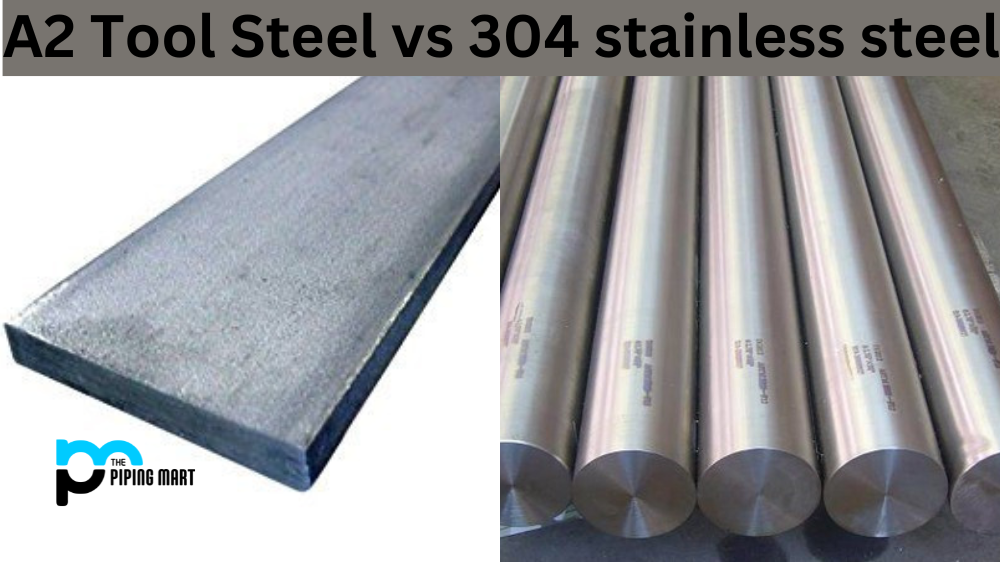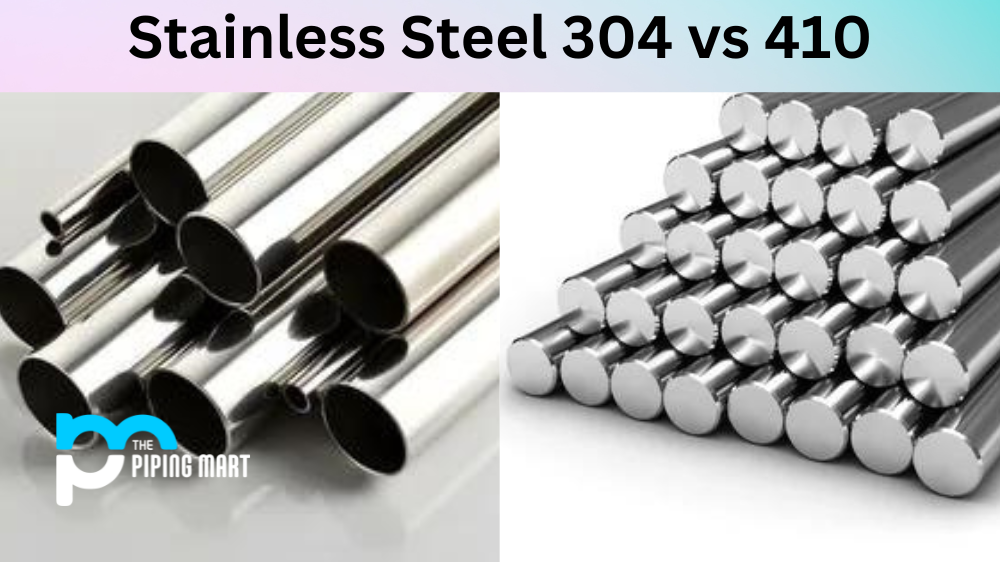Welding is a skill that requires great attention to safety, detail, and technique. This holds especially true for welders working with stainless steel pipes because of the high risk of contamination. Contaminants can lead to porosity, which can weaken the weld or create cracks. Fortunately, there are several steps you can take to purge a stainless steel pipe prior to welding it in order to avoid any potential issues. Let’s take a look at how to purge welded stainless steel pipe!
First Step – Cleaning and Prepping
Before beginning the purging process, all surfaces must be thoroughly cleaned and prepped. This includes removing any dust or debris from the inside of the pipe as well as around its exterior. You should also use a degreaser on all surfaces before scrubbing them down with a brush. Once you have finished cleaning, use compressed air or an inert gas like argon or helium to blow out any remaining debris.
Second Step – Creating an Oxygen Barrier
Once the pipe has been appropriately cleaned and prepped, place your oxygen barrier material into the pipe. The oxygen barrier material should extend past both ends of the joint by about twice its diameter so that it creates a complete seal within the pipe itself. Common materials used for purging include blankets made from aluminium foil, rubberized canvas sheets, or plastic wraps designed specifically for this purpose. If you are using aluminum foil or rubberized sheets, make sure that they are held securely in place using tape or clamps so that they will create an effective seal when purged with inert gas later on.
Third Step – Purging with Inert Gas
Once your oxygen barrier material is in place within your stainless steel pipe, it’s time to begin purging with inert gas! Start by connecting one end of your hose to an industrial-grade regulator connected directly to an inert gas tank such as argon or helium while keeping the other end open within the pipeline itself. Next, turn on your regulator and adjust it so that you get a steady flow rate of gas into your pipeline (we recommend setting it between 6-8 litres per minute). Finally, make sure that you continue purging until you have achieved an oxygen level lower than 1%. This will help ensure that no oxidation occurs during welding, which could otherwise lead to porosity issues in your final welds!
Conclusion:
With these easy steps outlined above, welding professionals can easily purge their stainless steel pipes prior to welding them safely and effectively! By taking these important precautions before starting any welding job involving stainless steel pipes, welders can protect themselves against potential contaminants while ensuring top-quality workmanship every time! For those who are new to welding stainless steel pipes, we recommend enlisting professional help if necessary so that all safety protocols are followed correctly and consistently throughout every job!

Pipingmart is a B2B portal that specializes in metal, industrial and piping items. Additionally, we share the latest information and information about materials, products and various types of grades to assist businesses that are involved in this business.




